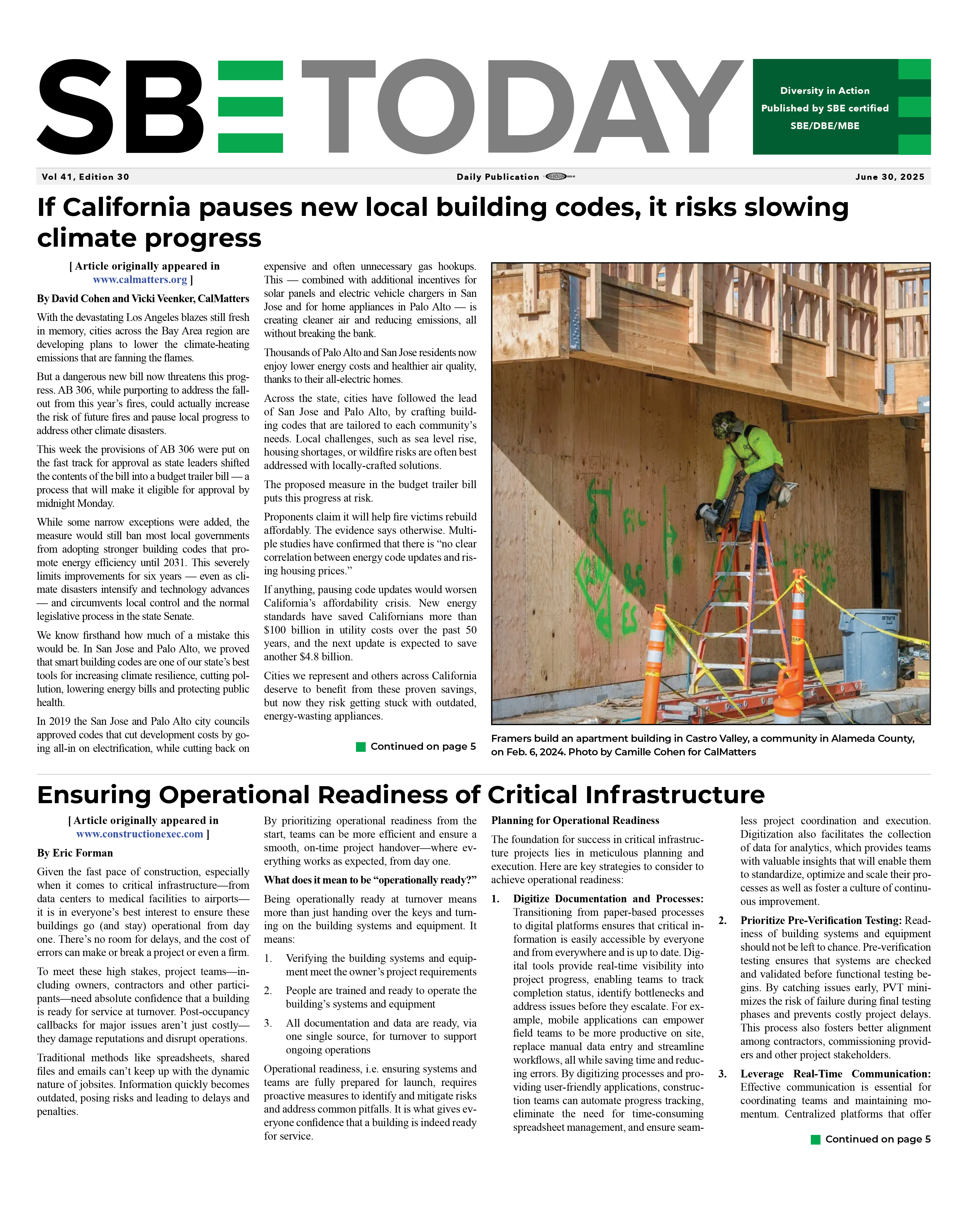|
|
How to Lead Fewer, Better Meetings in 2021 and Beyond
04/28/2021
By Matthew M.F. Miller, Working remotely requires a different approach because there’s a third party involved: the internet. Walking through an office makes it easy to craft a casual task check-in. You can quickly tell how well a meeting is going by the look on your colleagues’ faces. The ease of face-to-face communication can be lost when corresponding through a device. (However, there is also much less walk-through-an-office fragmented communication.)
The majority of teams need to meet less, insists communication expert Daniel Stillman. But there’s one meeting he thinks every leader should have—a meeting about meetings. “I believe that’s the most important conversation right now,” says Stillman, author of Good Talk: How to Design Conversations That Matter.
Meetings have long been a pain point for both organizations and employees. Software company Atlassian reports that US companies lose $37 billion annually in salary costs and employees lose 31 hours per month due to unnecessary meetings. That same report showed that employees considered 50% of meetings a waste of time.
The COVID-19-led transition to remote work made it impossible for co-workers to drop by an office or desk to ask a simple question, something fully distributed companies have managed to do without for years. Remote companies utilize real-time communication platforms, such as Microsoft Teams or Slack, to allow for simple, less intrusive check-ins. For those new to remote work, however, Stillman says the drop-by void was instead filled with impromptu Zoom meetings to resolve every issue, big or small.
Slack found that 83% of those new to remote work said they could easily get in touch and engage with their co-workers. That ease, however, comes at a cost. A 2020 Robert Half survey found that the 76% of employees who participated in virtual meetings reported spending nearly 30% of their workday in those sessions, with 38% citing video-call fatigue.
Read Full article here - https://www.toptal.com/insights/rise-of-remote/daniel-stillman-organizational-communication Back To News |
|





